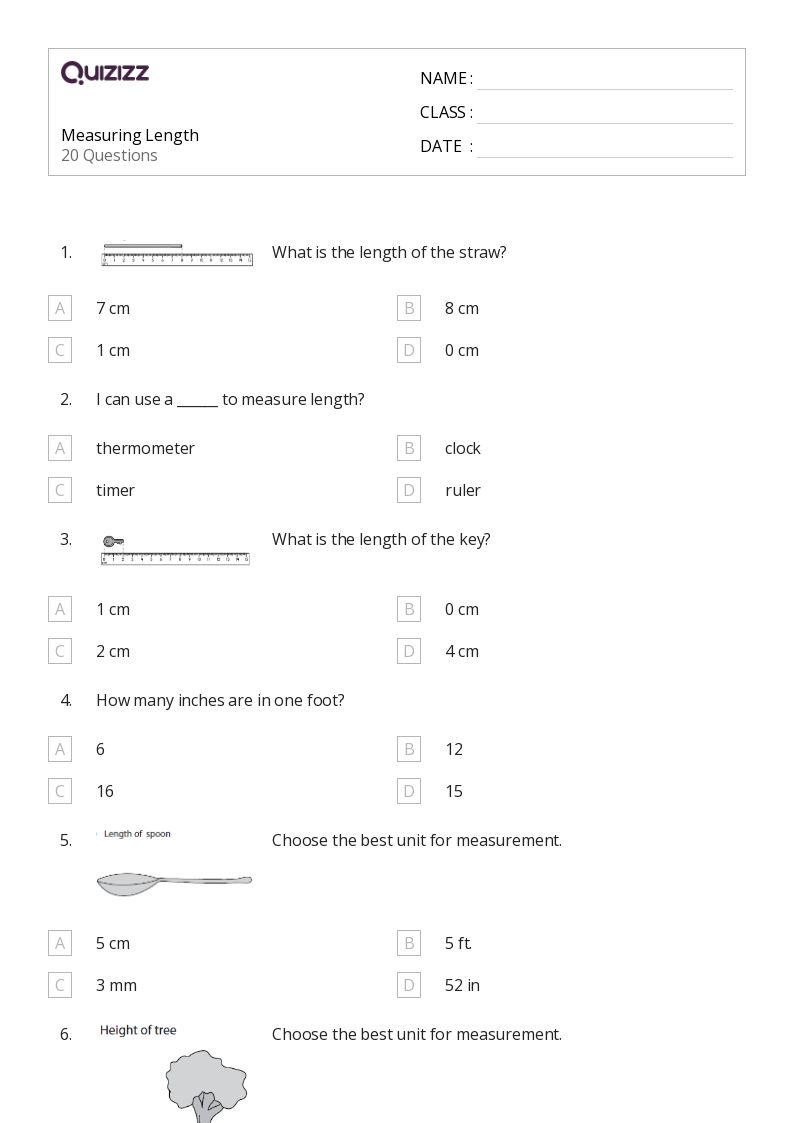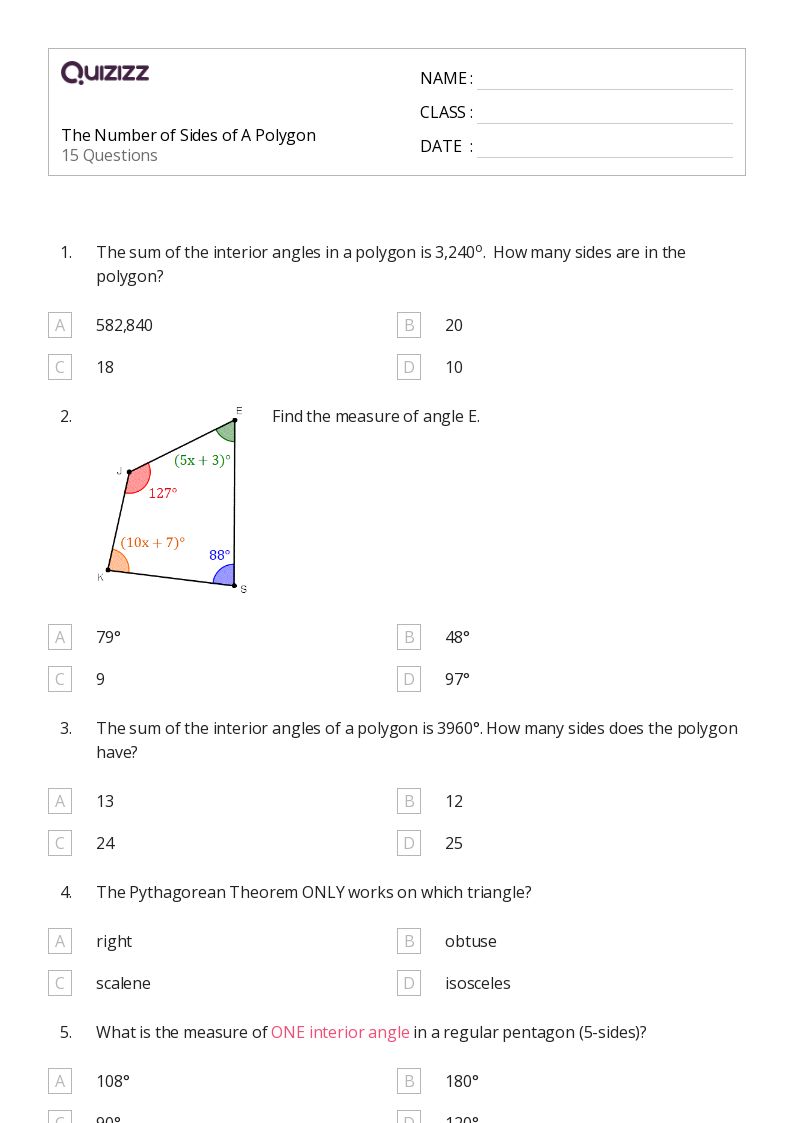
20 Q
2nd - 3rd

10 Q
1st - 2nd

12 Q
2nd

20 Q
2nd - 3rd

10 Q
2nd

20 Q
2nd

10 Q
2nd

15 Q
2nd

16 Q
2nd

10 Q
2nd

16 Q
2nd - 3rd

10 Q
2nd

10 Q
2nd

15 Q
2nd

20 Q
2nd

10 Q
2nd - 3rd

10 Q
2nd

9 Q
2nd

11 Q
2nd - 3rd

15 Q
2nd - 3rd

15 Q
2nd - 12th

8 Q
2nd

12 Q
2nd

20 Q
2nd
Explore Measuring Angles Worksheets by Grades
Explore Other Subject Worksheets for class 2
Explore printable Measuring Angles worksheets for 2nd Class
Measuring Angles worksheets for Class 2 are an essential resource for teachers looking to help their students develop a strong foundation in math and geometry. These worksheets are specifically designed to introduce young learners to the concept of angles, and provide them with ample opportunities to practice identifying, drawing, and measuring angles using various tools such as protractors and angle rulers. With a range of activities that cater to different learning styles, these worksheets are perfect for reinforcing classroom lessons and providing additional practice at home. Teachers can easily incorporate these engaging and interactive worksheets into their lesson plans, ensuring that their Class 2 students have a solid understanding of angles and their importance in geometry.
In addition to Measuring Angles worksheets for Class 2, teachers can also take advantage of Quizizz, an online platform that offers a wide range of educational resources, including quizzes, games, and interactive lessons. Quizizz allows teachers to create customized quizzes and activities that align with their curriculum, making it an excellent supplement to traditional worksheets. With its user-friendly interface and real-time feedback, Quizizz helps students stay engaged and motivated while learning about math, geometry, and angles. Teachers can also track their students' progress and identify areas where additional support may be needed. By incorporating both Measuring Angles worksheets and Quizizz into their teaching strategies, educators can ensure that their Class 2 students develop a comprehensive understanding of angles and their role in geometry.
